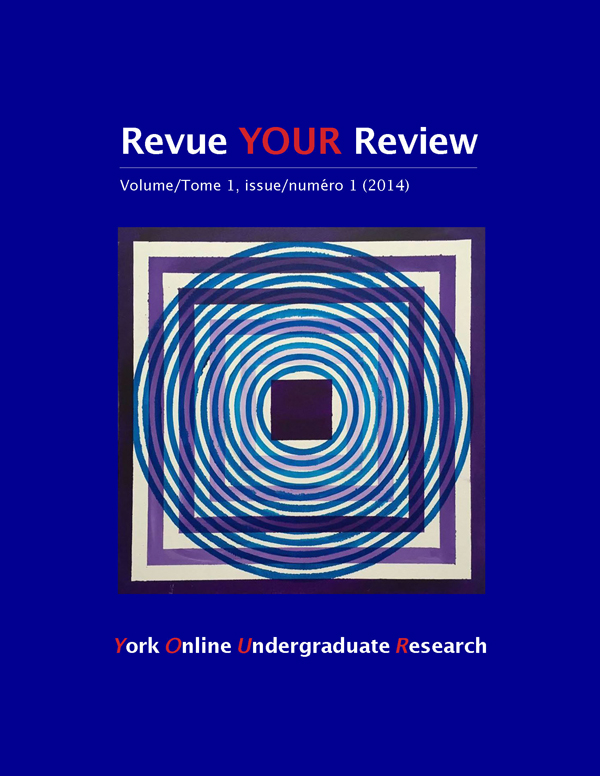Towers of Power: An Empirical Analysis of Toronto’s Central Business District
Abstract
Over the past sixty years, Toronto’s Central Business District (CBD) has become home to an ever-increasing densification of corporate office towers. Accessibility, control, power, and securitization of property has developed through the post-industrial evolution of the built environment, resulting in the exclusion of some individuals. This paper, through theoretical analysis and empirical data collection, argues that unequal access to privatized public spaces within the CBD’s office towers, outdoor plazas, and the underground PATH system reinforces class distinction and capitalist hegemony. The qualitative empirical data used within this paper were collected through observational site visits of twelve corporate office towers and plazas in Toronto’s CBD, as well as the PATH system. Through the analysis of these spaces, this paper concludes that the built environment of the CBD serves only the needs of the dominant capitalist and middle/upper-middle classes. The class distinctions and capitalist hegemony written into these built environments are reinforced through social, cultural, and physical controls of space. On a larger scale, the spatial exclusion of marginalized individuals within the urban environment speaks to a greater social and spatial inequality within the city, suggesting the need to re-evaluate systems of social, economic, and political power.How to Cite
Issue
Section
License
Authors contributing to Revue YOUR Review agree to release their articles under one of three Creative Commons licenses: Creative Commons Attribution 4.0 International; Creative Commons Attribution-NonCommercial 4.0 International; or Creative Commons Attribution-NoDerivatives 4.0 International. All editorial content, posters, and abstracts on this site are licensed under Creative Commons Attribution-NoDerivatives 4.0 International. For further information about each license, see:
https://creativecommons.org/licenses/
In all cases, authors retain copyright of their work and grant the e-journal right of first publication. Authors are able to enter into other contractual arrangements for the non-exclusive distribution of the e-journal's published version of the article (e.g., post it to an institutional repository or publish it in a book or in another journal), with an acknowledgement of its initial publication in this e-journal.


